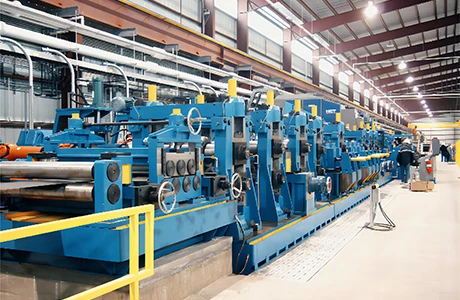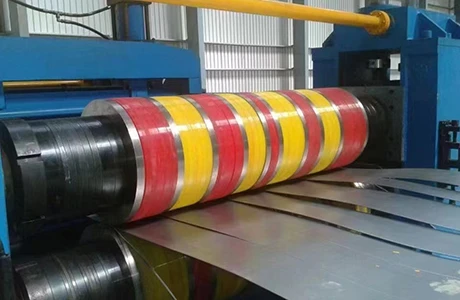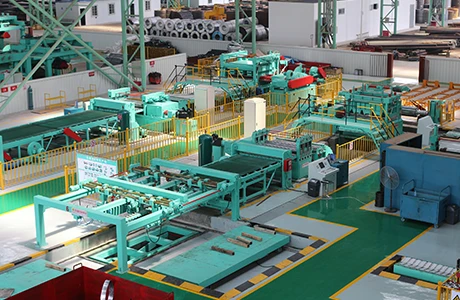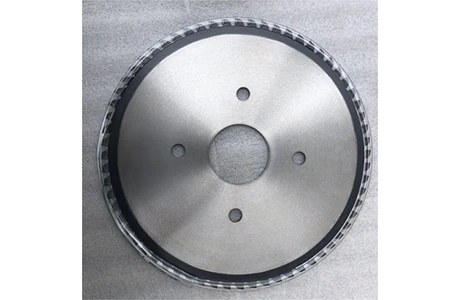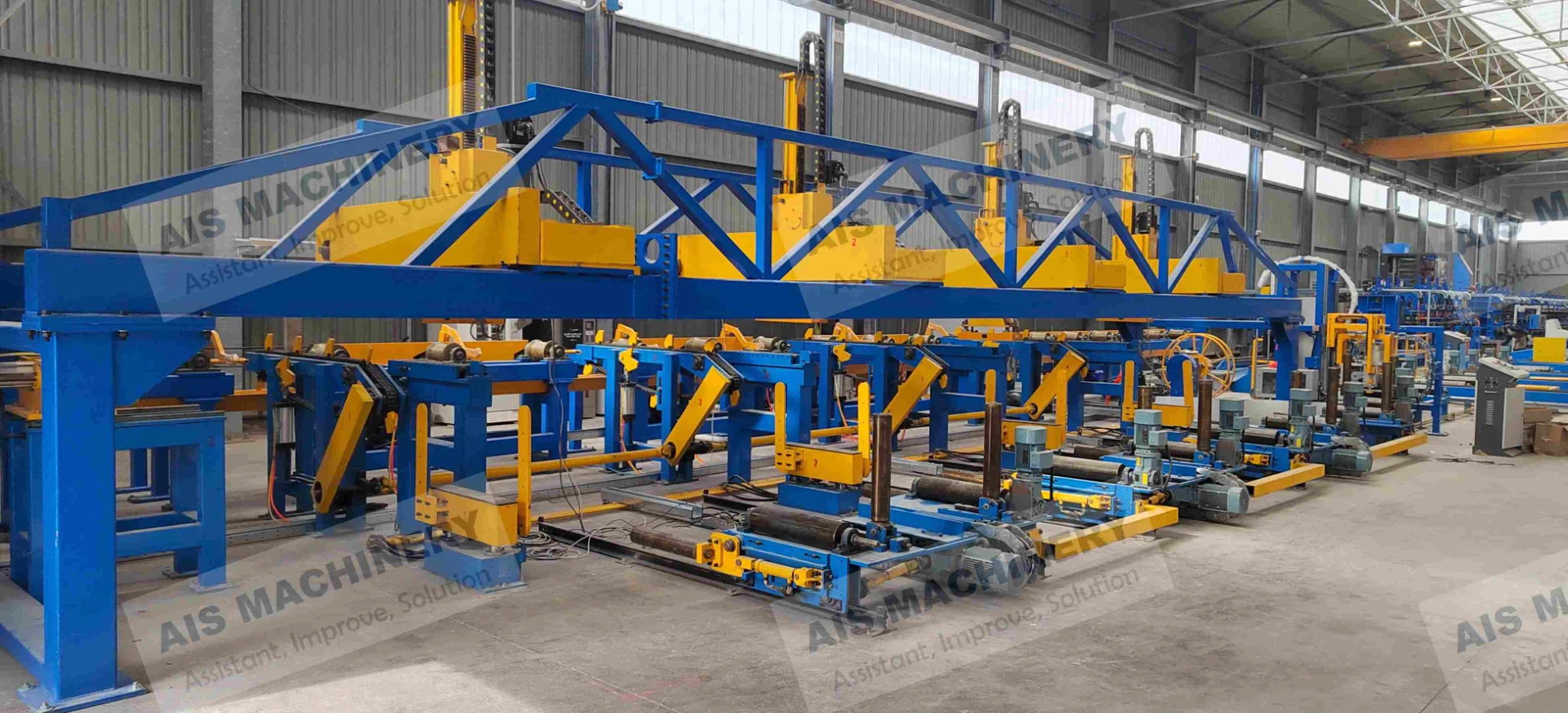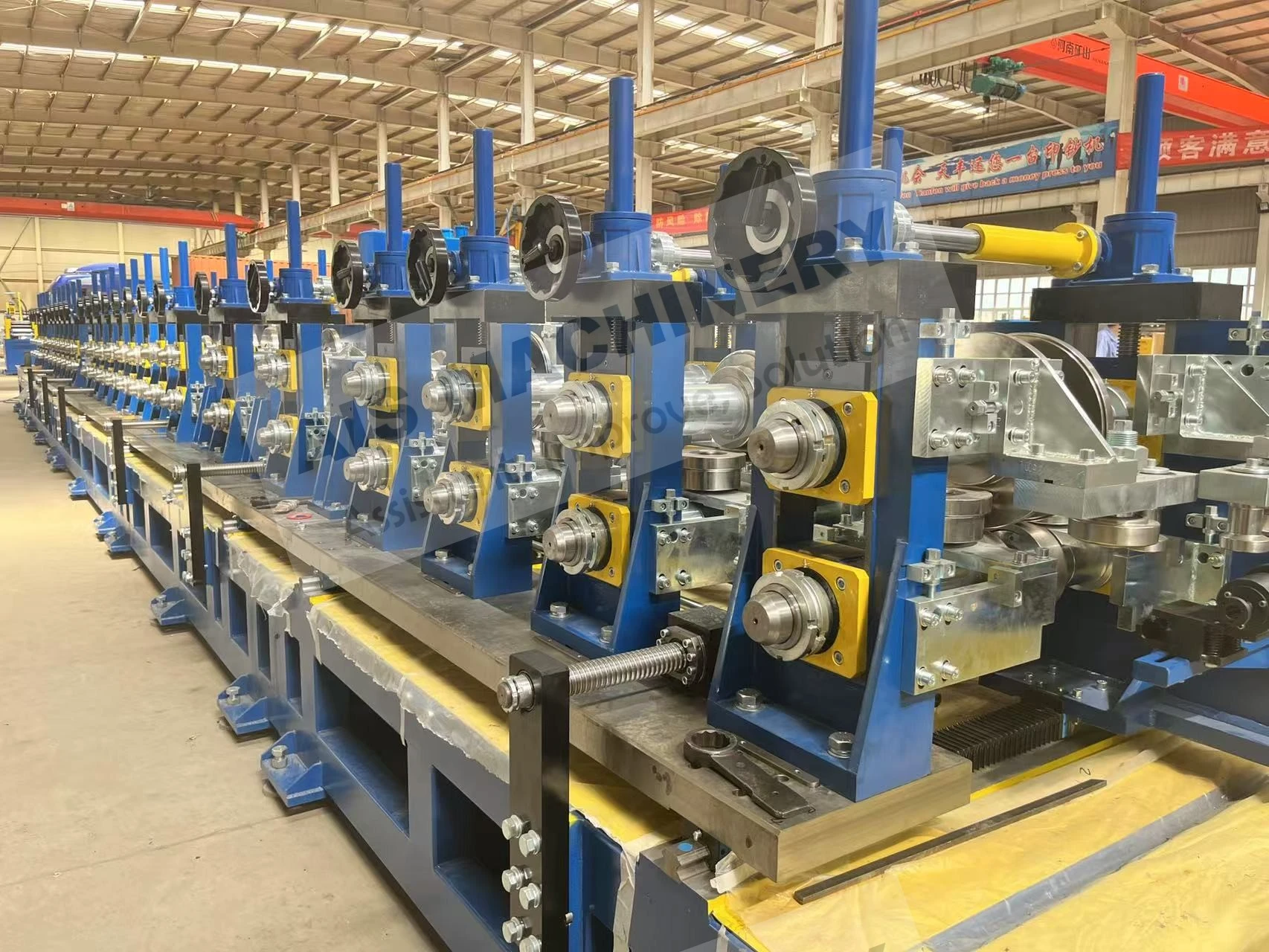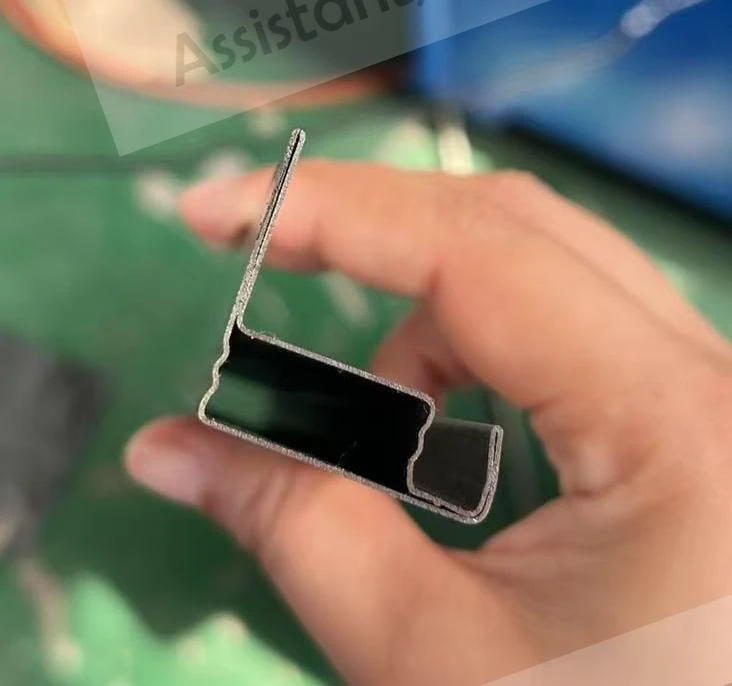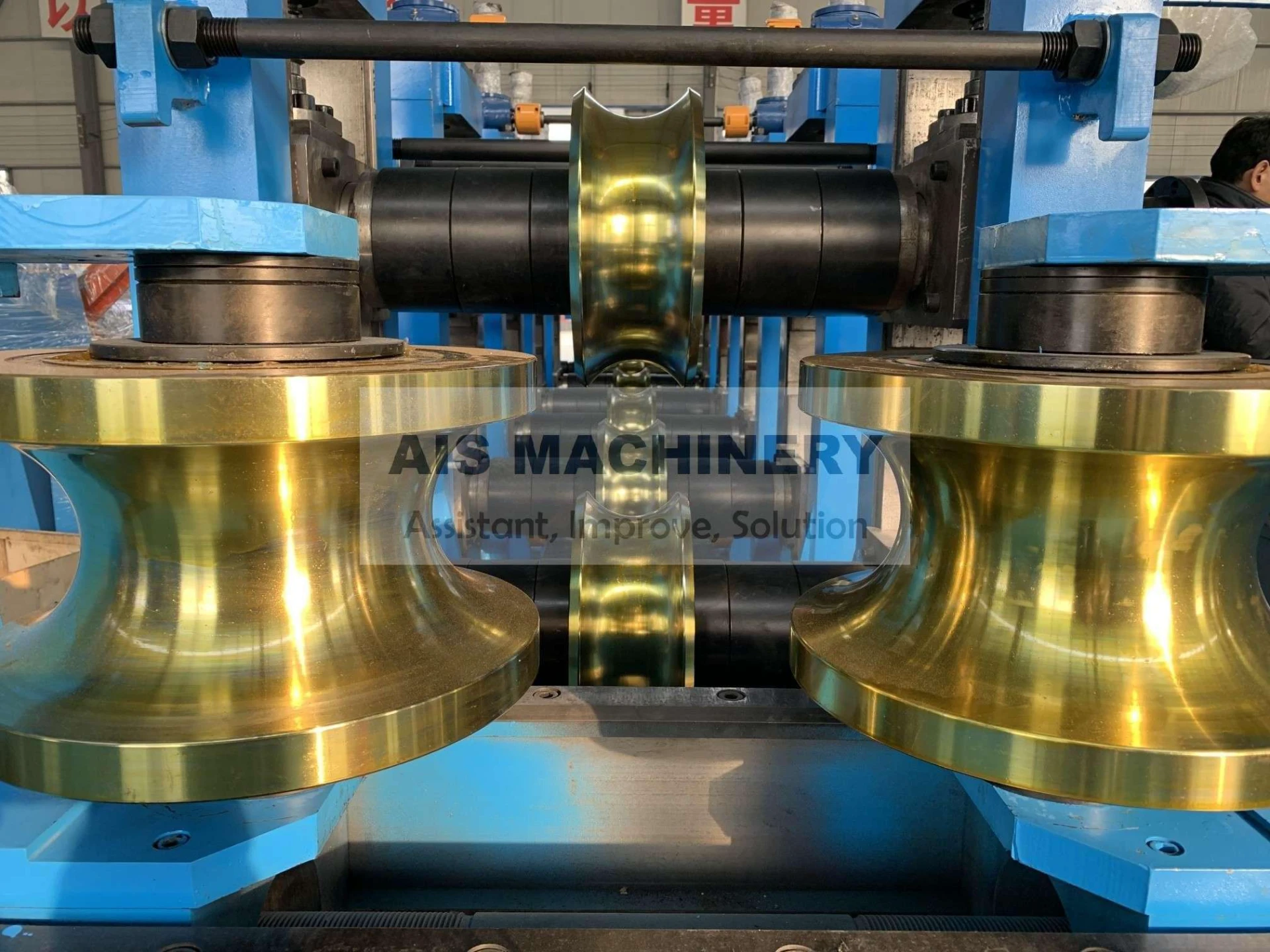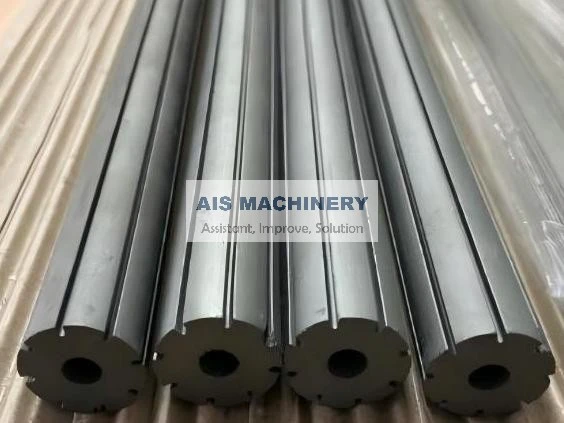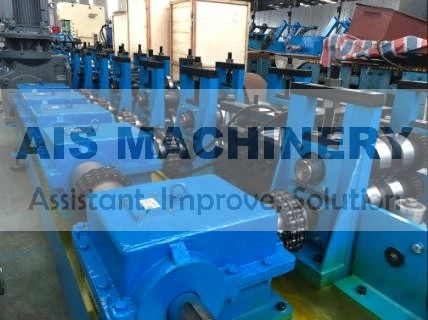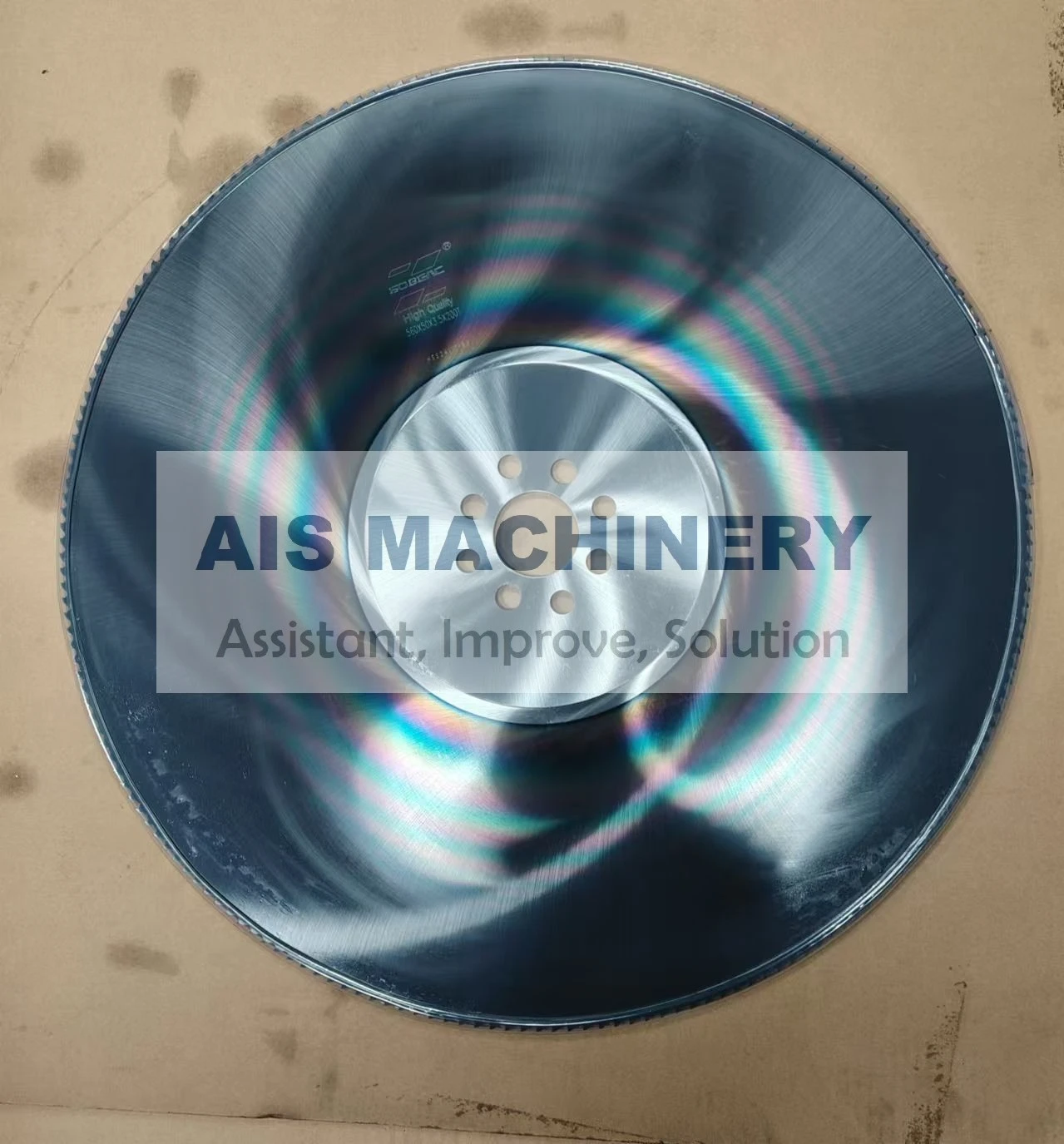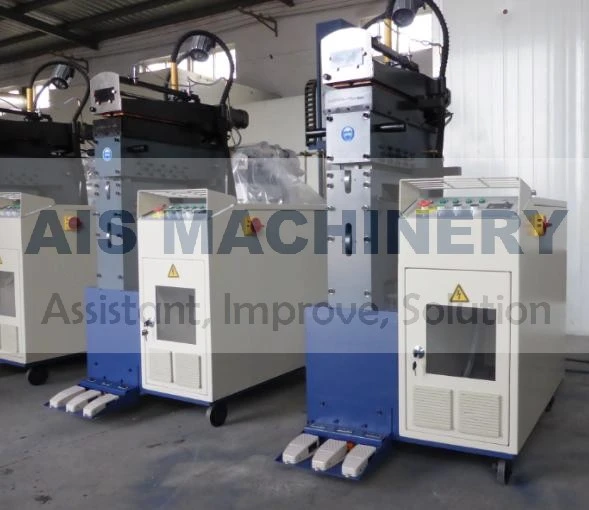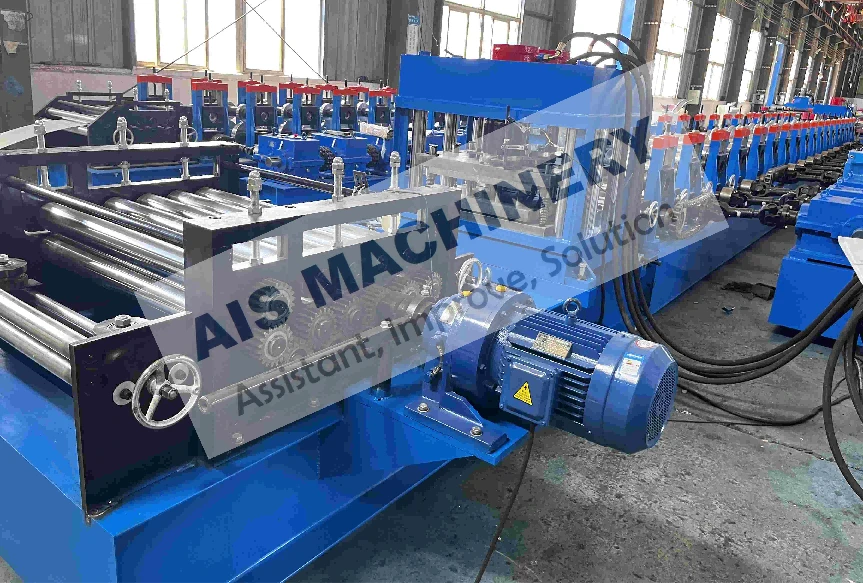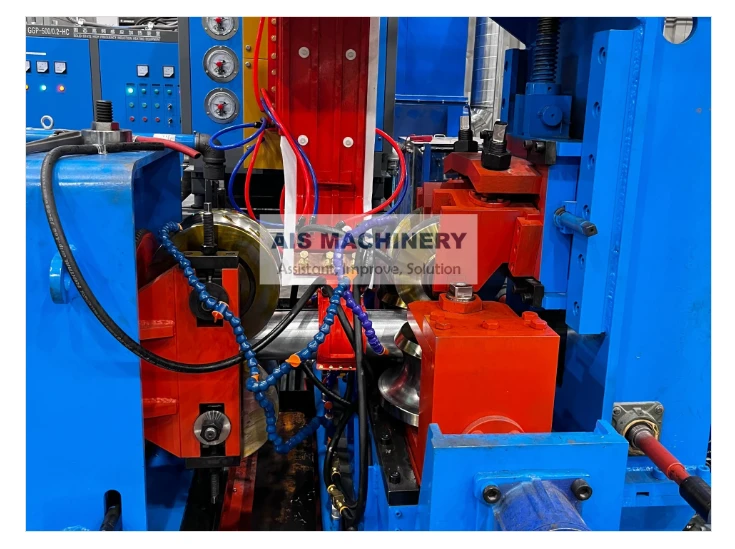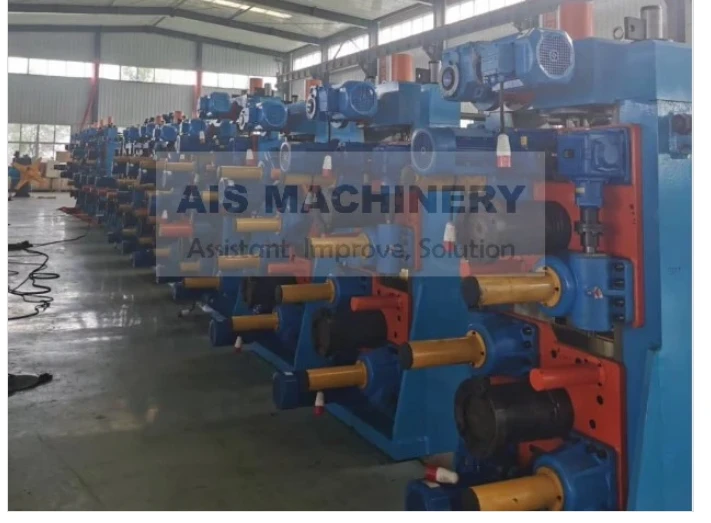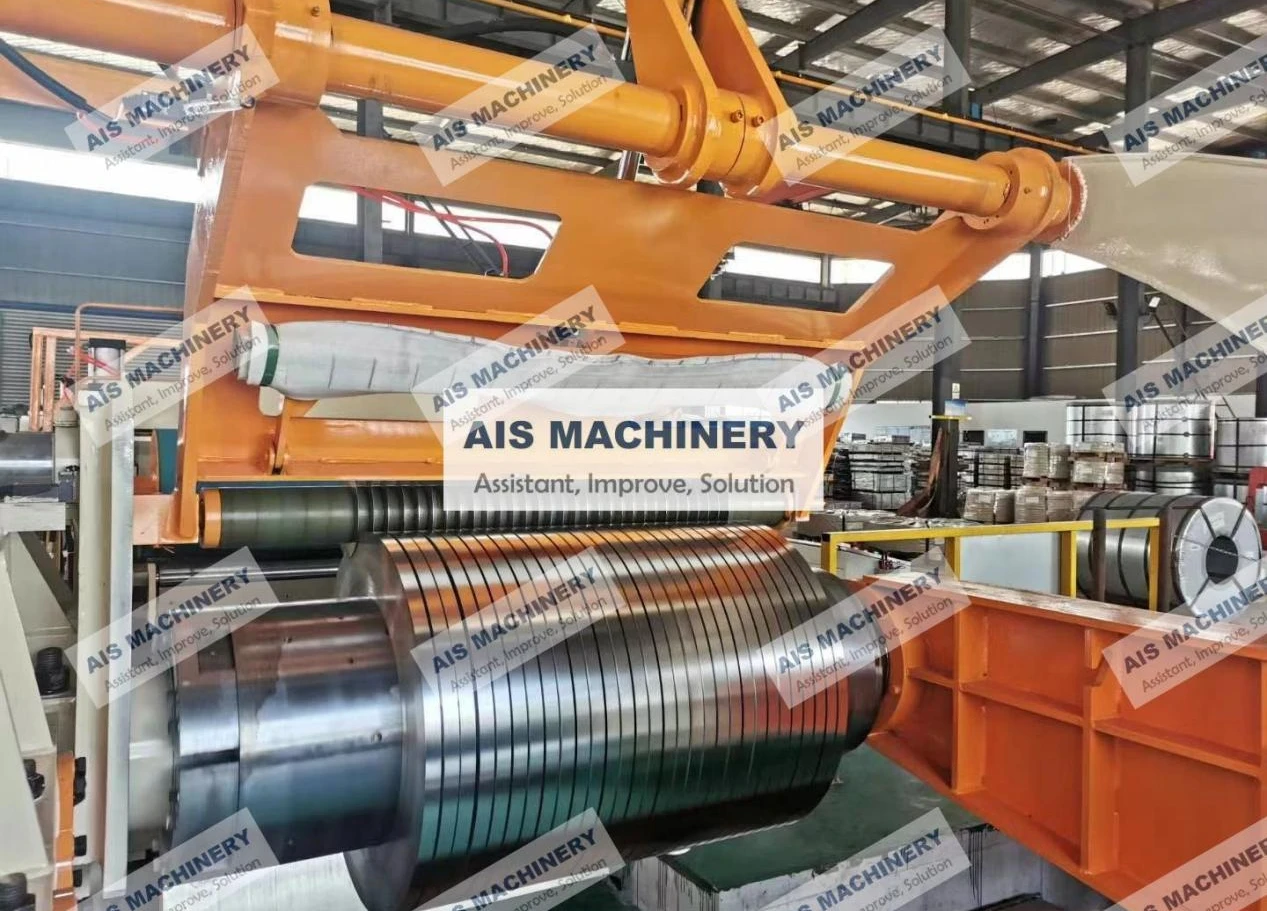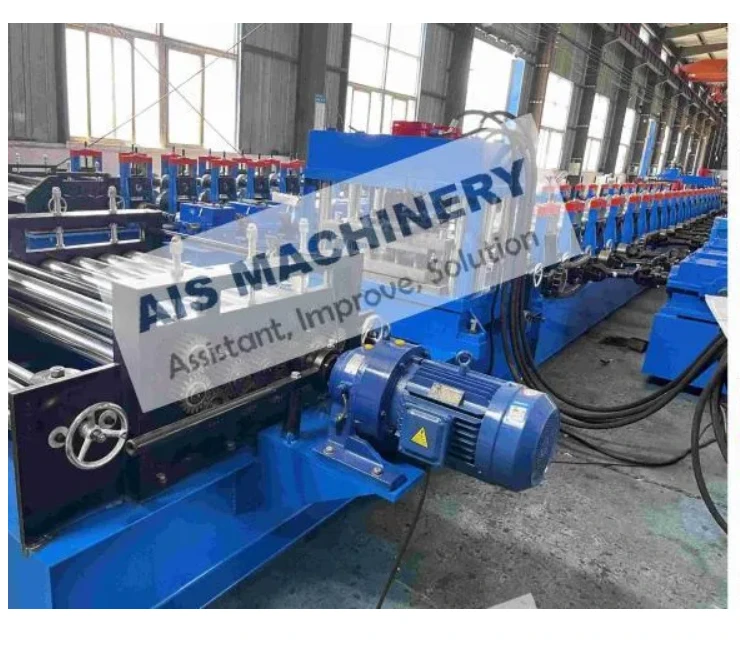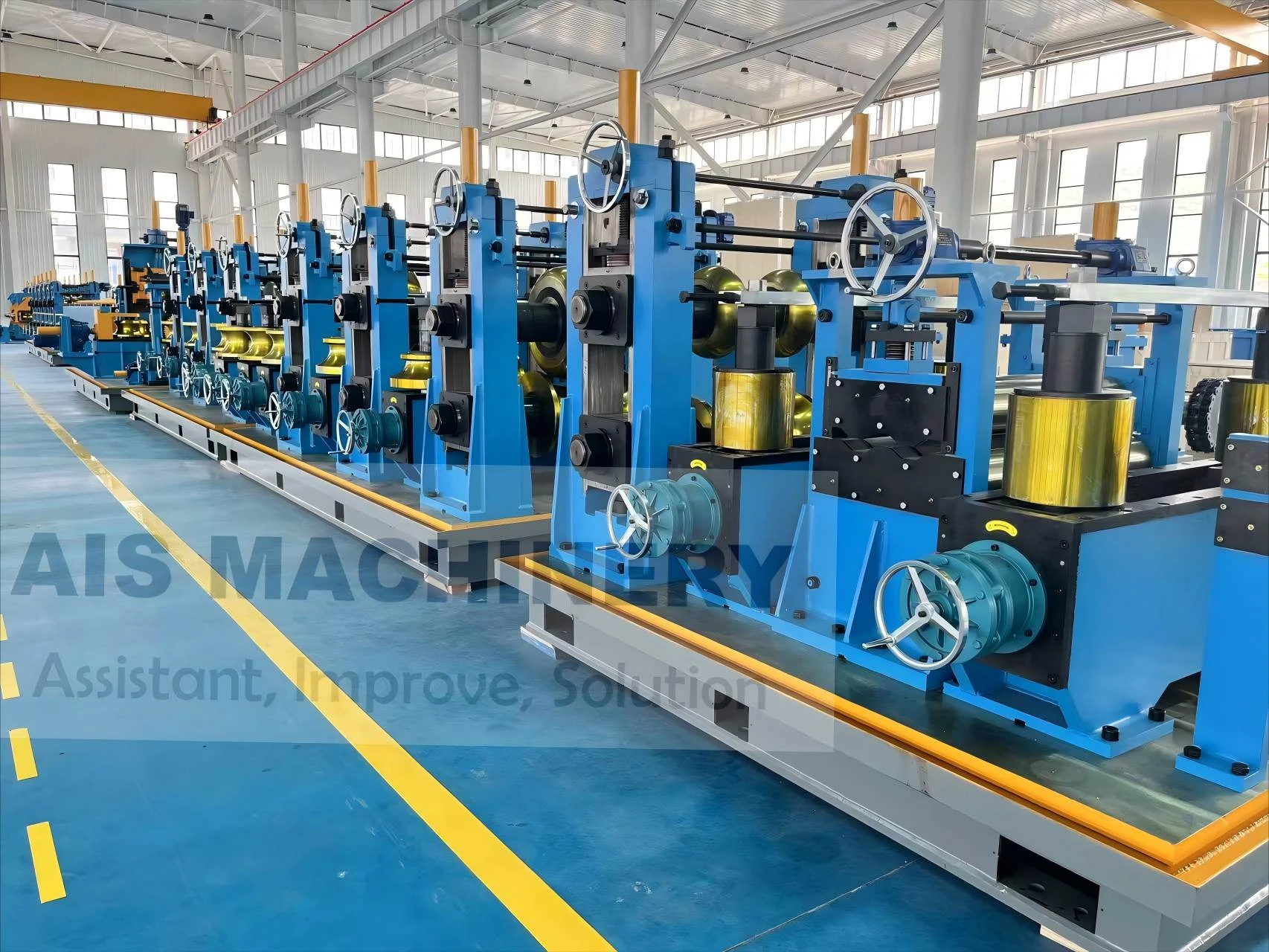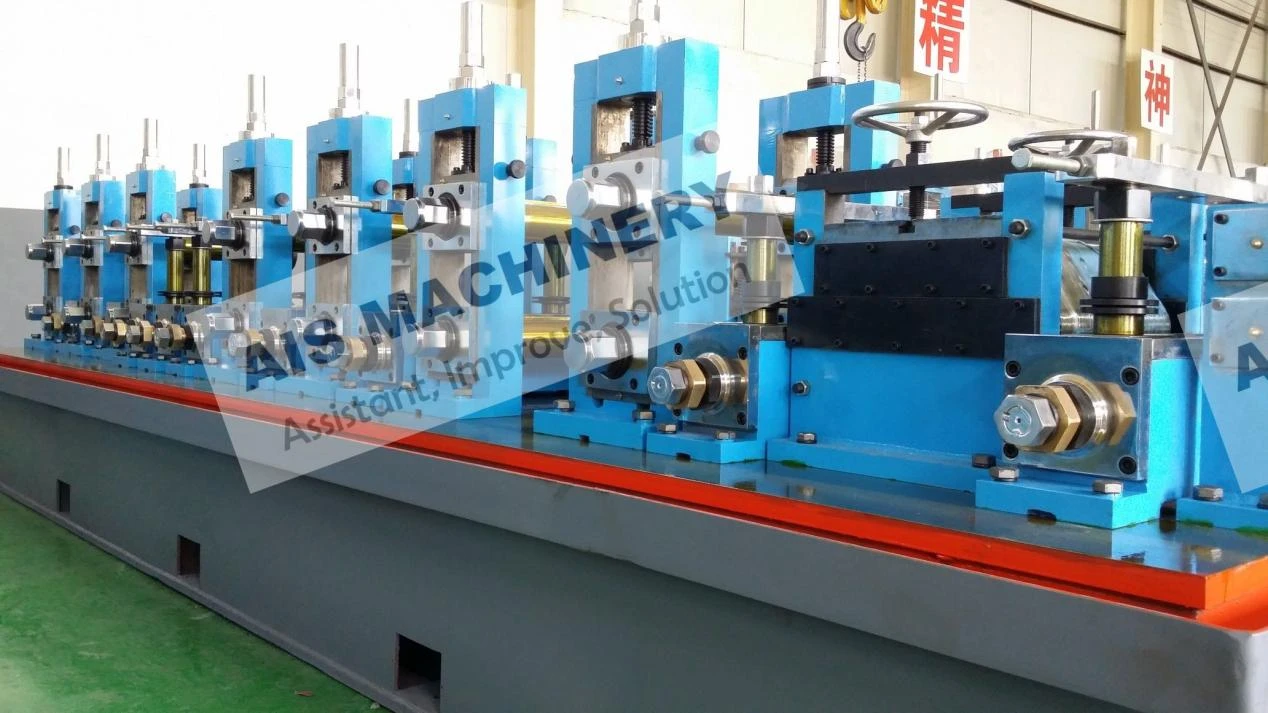-
 Tel:86-15176910262
Tel:86-15176910262
-

Search
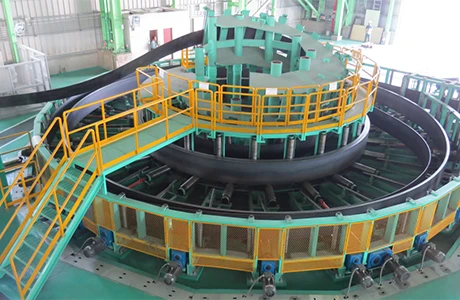
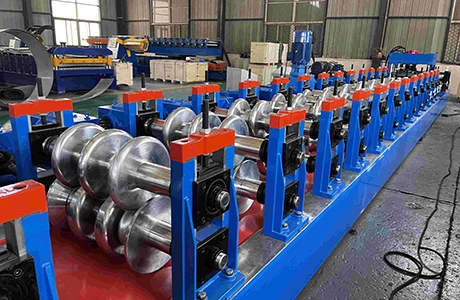
High-Efficiency Induction Heating Machine Fast Heating & Energy Saving
Jun . 05, 2025 02:06
- Fundamentals of electromagnetic induction technology
- Core technical advantages and performance data
- Comparative analysis of leading manufacturers
- Customization parameters for industrial applications
- Processing capabilities for different metals
- Implementation case studies across industries
- Future developments and selection considerations

(induction heating machine)
Unleashing the Power of Induction Heating Machines for Modern Manufacturing
Electromagnetic induction technology represents a transformative approach to metal processing, utilizing alternating current to generate precise heat within conductive materials. Unlike conventional heating methods, induction heating machine
s achieve contactless energy transfer through carefully engineered induction coils. This fundamental principle enables targeted thermal control without combustion byproducts, revolutionizing processes like tempering, brazing, and annealing. The integration of high-frequency power supplies (typically 1-800 kHz) with induction coil configurations allows material-specific temperature profiles, establishing new benchmarks for manufacturing precision.
The Science Behind Industrial Induction Systems
Induction heating equipment operates through electromagnetic field generation, where alternating current within the coil induces eddy currents within the workpiece. These currents encounter natural electrical resistance within the metal, producing instantaneous and localized heat. Crucially, heat generation occurs directly within the material rather than via external conduction. The coil's geometry directly influences thermal distribution patterns, with specialized designs enabling complex heating profiles. Modern solid-state inverters and resonant circuits achieve remarkable energy conversion efficiencies exceeding 85%, significantly reducing operational costs compared to gas or furnace alternatives.
Technical Superiority by the Numbers
Contemporary induction heating machines deliver quantifiable advantages across manufacturing metrics. Temperature ramp rates exceeding 200°C/second enable process cycle times reduced by 40-70% compared to conventional methods. Precision temperature control within ±1.5°C eliminates material degradation while repeatable results maintain metallurgical properties batch after batch. Energy utilization data reveals 55-75% reduced energy consumption versus combustion-based heating, with integrated cooling loops minimizing thermal waste. Advanced systems incorporate adaptive impedance matching that automatically compensates for load variations, maintaining consistent output from 5kW micro-welders to 150MW mass heating installations.
Manufacturing Technology Landscape Analysis
| Manufacturer | Power Range (kW) | Frequency Spectrum | Efficiency (%) | Control Interface | Thermal Accuracy |
|---|---|---|---|---|---|
| Eldec Solutions | 15-450 | 3-500 kHz | 87.5 | 10" Touchscreen | ±1.0°C |
| Ajax Tocco | 30-3000 | 0.5-500 kHz | 85.2 | PLC + HMI | ±2.5°C |
| Inductotherm Group | 50-60000 | 0.05-500 kHz | 89.1 | IoT Platform | ±0.8°C |
| UltraFlex Power | 5-120 | 10-800 kHz | 83.7 | PC Software | ±1.2°C |
Configuring Precision Heating Solutions
Industrial applications require tailored induction heating configurations addressing specific thermal profiles. Custom induction coils represent the primary point of process adaptation, with geometric variations including helical, pancake, and channel designs optimized for part geometry. Modern metal coil slitter machine integration allows synchronized pre-heating of sheet metal before cutting, reducing burr formation by 90%. Frequency selection parameters correspond to material properties and penetration depth requirements - higher frequencies (100-800 kHz) for surface hardening applications versus lower frequencies (1-30 kHz) for deep through-heating of heavy sections. Water-cooled bus systems maintain continuous operation with thermal monitoring safeguards ensuring coil integrity during extended production runs.
Material Processing Capabilities
Induction systems process diverse conductive materials with specialized parameter presets. Steel hardening applications utilize austenitizing temperatures between 790-925°C followed by rapid quenching cycles to achieve Rockwell C hardness ratings of 50-65. Copper brazing operations require precise maintenance within 700-800°C bands to prevent base material annealing. Non-ferrous applications present unique challenges; aluminum heating requires frequencies above 50 kHz to overcome lower electrical resistivity, while titanium processing demands inert atmosphere enclosures. Crucially, consistent coupling between the induction coil and workpiece remains paramount regardless of material, with automated positioning systems ensuring gap tolerances under 0.5mm.
Industrial Implementation Case Studies
Automotive transmission manufacturers have integrated induction hardening stations into production lines, achieving 2,400 gear units per shift with case depths maintained at 1.2mm ±0.1mm. Aerospace suppliers implement induction brazing for turbine blade attachment, reducing process time from 90 minutes to under 3 minutes per assembly while eliminating thermal distortion. Pipe manufacturing facilities now incorporate in-line induction heating preceding metal coil slitter operations, demonstrating up to 23% material savings through elimination of edge cracking. These installations feature automated conveyorized handling with through-put rates exceeding 85 feet per minute for strip heating applications, showcasing scalability unavailable through conventional thermal methods.
Evolution and Selection of Induction Processing Equipment
Advanced induction heating machine platforms increasingly incorporate predictive maintenance algorithms and thermal process verification systems that automatically flag deviations beyond acceptable metallurgical parameters. As Industry 4.0 integration accelerates, considerations must encompass IoT readiness and compatibility with manufacturing execution systems. Equipment selection requires careful analysis of operating frequency bands relative to desired thermal penetration depths, power density requirements per work piece geometry, and automation synchronization demands. Technical evaluation remains paramount - prioritize systems with modular coil connection interfaces, adaptive power control circuits, and multi-layered temperature verification via thermocouple monitoring combined with infrared feedback.
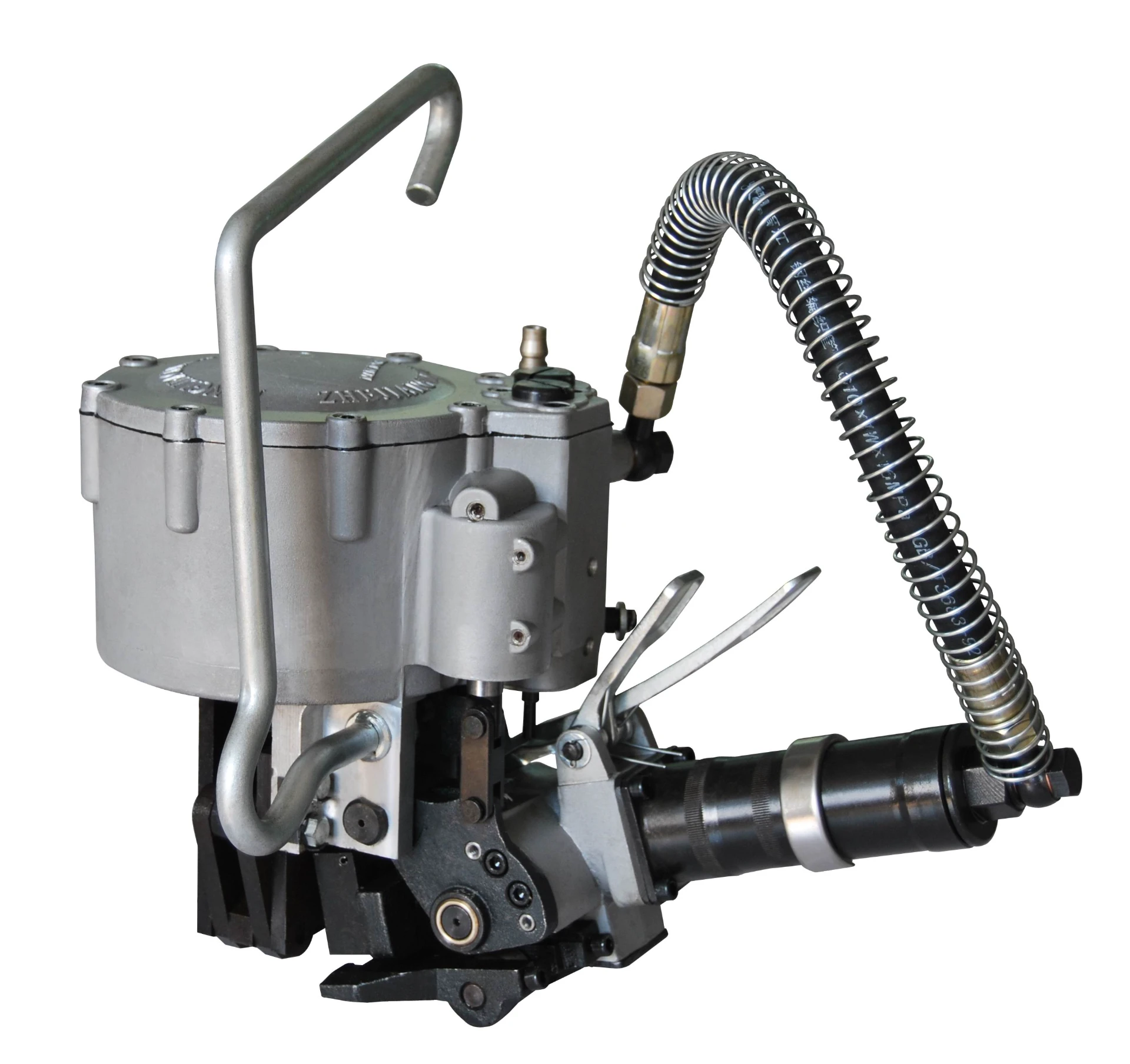
(induction heating machine)
FAQS on induction heating machine
Q: How does an induction heating machine work?
A: Induction heating machines use electromagnetic induction to generate heat internally within conductive metals. Alternating current passes through an induction coil, creating a magnetic field that induces eddy currents in the metal workpiece. This process heats the metal rapidly without direct contact.
Q: Why is the induction coil design critical in induction heating?
A: Coil geometry directly determines heating efficiency and pattern in induction heating machines. Precise coil shaping focuses electromagnetic fields onto specific areas of the metal workpiece. Custom coils ensure uniform heating and prevent energy loss for different part shapes.
Q: Can induction heating machines be integrated with metal coil slitter lines?
A: Yes, induction heaters are often installed before metal coil slitter machines to pre-treat coils. This heating softens materials like steel or aluminum for cleaner slitting. Integrated systems improve production speed and reduce burrs during precision cutting.
Q: What metals work best with induction heating machines?
A: Ferrous metals like steel and iron respond optimally due to high magnetic permeability. Non-ferrous metals including copper, brass, and aluminum also work efficiently but require higher frequencies. Material conductivity and magnetic properties significantly impact heating performance.
Q: What safety features do industrial induction heating machines include?
A: Advanced models feature coolant flow monitoring, overheating sensors, and ground fault protection. Emergency stop circuits and electromagnetic shielding prevent operator exposure to high-frequency fields. These safeguards ensure compliance with industrial electrical safety standards.
Related Products
Related News
Send a Message
Dear customer, thank you for your attention! We provide high-quality machinery and equipment and look forward to your orders. Please inform us of your needs and we will respond quickly!

